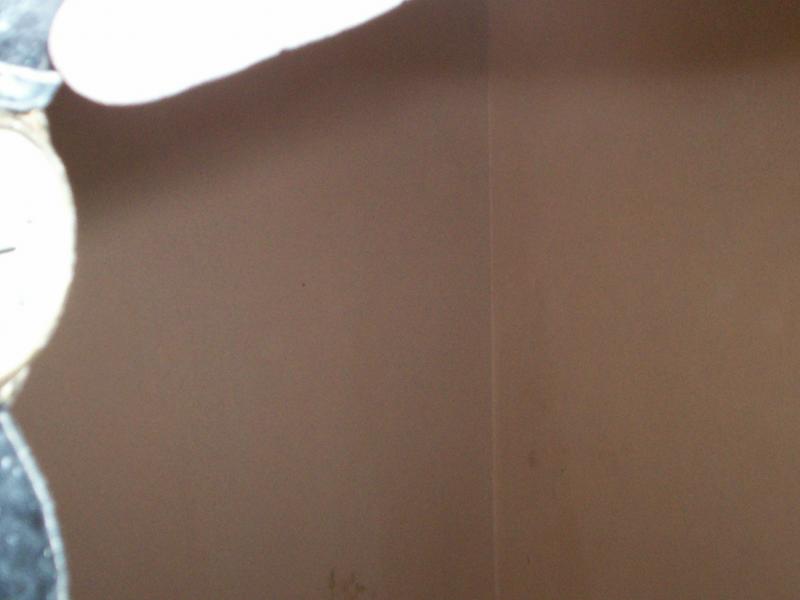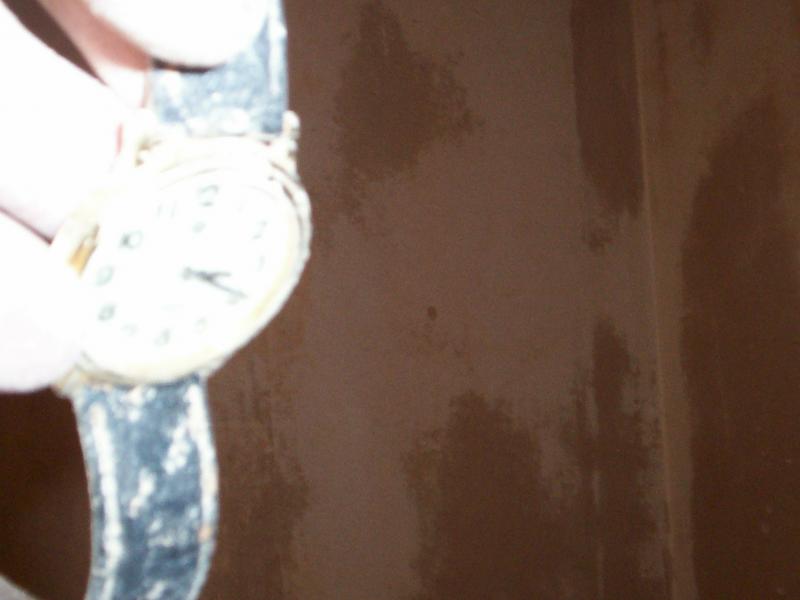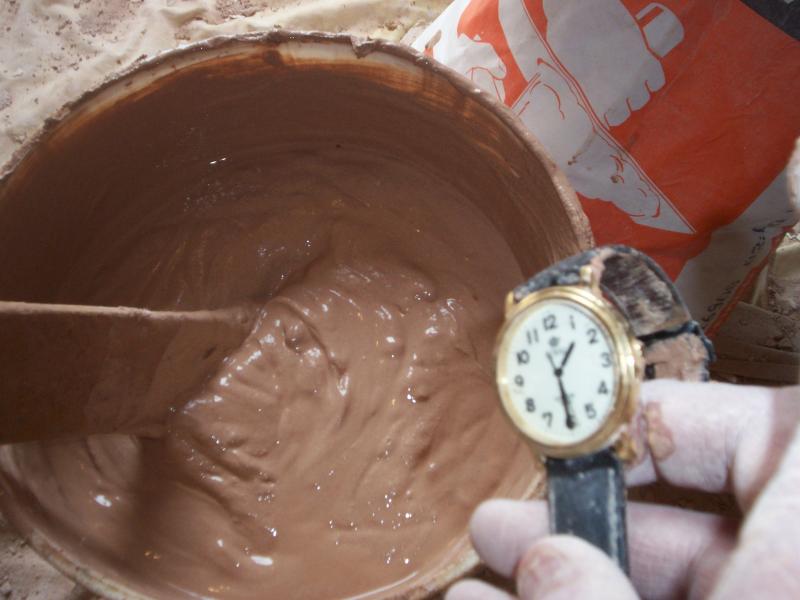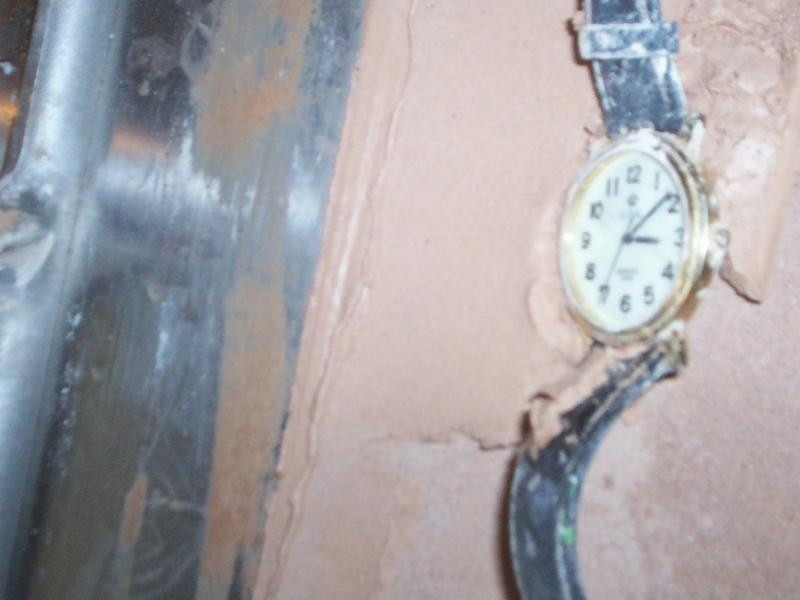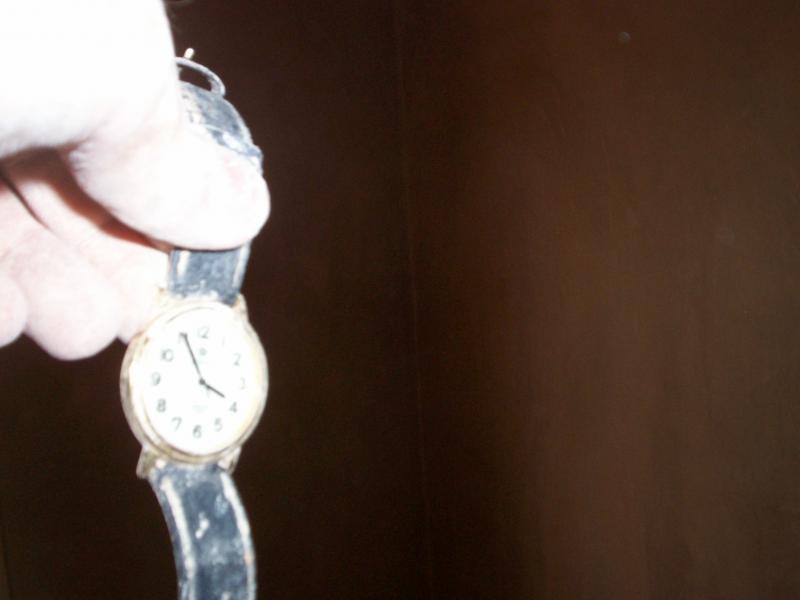Hi,
Having painted my new kitchen plastering (now it's dried enough), the bit I can definitely improve on is getting the internal corners better when skimming!
(Doesn't paint show the detail! )
)
I'll try to describe what I've been doing....
I find if you put the plaster on the trowel (off your hawk etc) and place the trowel edge into the corner and draw it away, it tends to leave a slight gap before the plaster starts. If you move the trowel slightly first (e.g. up and down on a vertical edge), it tends to work better, but sometimes plaster squeezes out from where the edge touches the wall. The result is this 'blob' can stick to the wall next to it
This tends to dry virtually instantly if that adjacent wall is fresh/dry plaster.
When it then comes to the second coat..... the chances are you catch these and drag them across your nice new second coat
But if you don't get close enough to the corner, then it doesn't give a well defined corner. Hmm.
Even when brushing the corners with water after, generally doesn't clear the big blobs, but does sort the smaller ones.
If you can follow it all and my description not too bad - any tips how to avoid it?
TIA
Having painted my new kitchen plastering (now it's dried enough), the bit I can definitely improve on is getting the internal corners better when skimming!
(Doesn't paint show the detail!
I'll try to describe what I've been doing....
I find if you put the plaster on the trowel (off your hawk etc) and place the trowel edge into the corner and draw it away, it tends to leave a slight gap before the plaster starts. If you move the trowel slightly first (e.g. up and down on a vertical edge), it tends to work better, but sometimes plaster squeezes out from where the edge touches the wall. The result is this 'blob' can stick to the wall next to it
This tends to dry virtually instantly if that adjacent wall is fresh/dry plaster.
When it then comes to the second coat..... the chances are you catch these and drag them across your nice new second coat
But if you don't get close enough to the corner, then it doesn't give a well defined corner. Hmm.
Even when brushing the corners with water after, generally doesn't clear the big blobs, but does sort the smaller ones.
If you can follow it all and my description not too bad - any tips how to avoid it?
TIA


